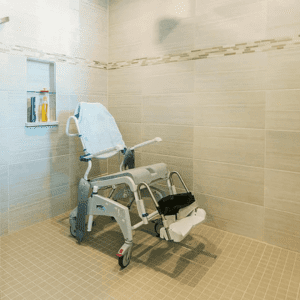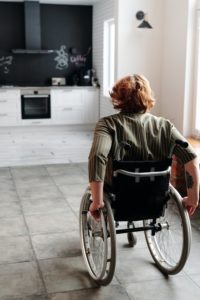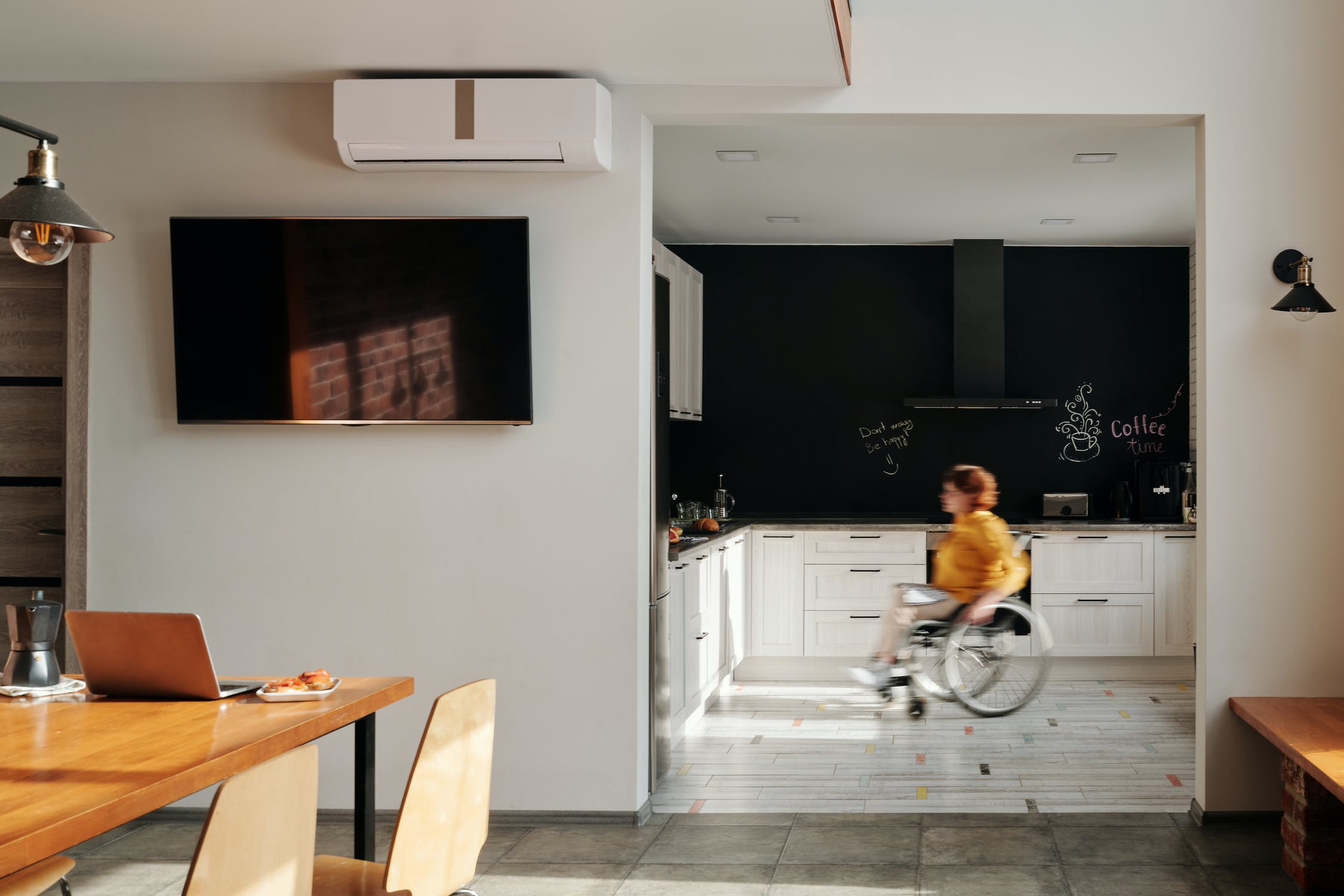Any renovations to a home come with a long view. When you must make alterations to your investment, though, it’s natural to have some serious questions about how they will affect your home’s resale value.
Adding ways to make a home open to more people is always a good idea. Depending on where the house is and the quality of the modifications, wheelchair-accessible homes can be worth more money!
What Goes Into Making A Home Wheelchair Accessible?
 for people using wheelchairs, it’s more than a front door ramp or a lift. Among other changes, the interior doorways must be a minimum of 36 inches wide, counter heights and cupboards must be lowered, and doorknobs and faucet handles must be replaced with levers. Performing these renovations means taking the whole home into account, and it can cross your mind how all these changes will affect your home’s worth.
for people using wheelchairs, it’s more than a front door ramp or a lift. Among other changes, the interior doorways must be a minimum of 36 inches wide, counter heights and cupboards must be lowered, and doorknobs and faucet handles must be replaced with levers. Performing these renovations means taking the whole home into account, and it can cross your mind how all these changes will affect your home’s worth.
For older homebuyers or those with mobility issues, these renovations can be the selling point for a house; many forward-thinking younger families will also find them attractive. But how else can wheelchair accessibility raise the worth of a home?
Why Might Wheelchair Accessible Homes Be Worth More?
 The demographics of potential buyers are the biggest factors. As Baby Boomers reach retirement age, the market is seeing an increased demand for accessible homes. Features that make it easy to move about are increasingly appealing to later Millennials, too – anyone within the 35-to-55 age group is likely to see them as beneficial. It’s not a mere trend, either – by 2030, 23% of Canadians will be 65 and older. More communities will have to be accommodating to our ageing population.
The demographics of potential buyers are the biggest factors. As Baby Boomers reach retirement age, the market is seeing an increased demand for accessible homes. Features that make it easy to move about are increasingly appealing to later Millennials, too – anyone within the 35-to-55 age group is likely to see them as beneficial. It’s not a mere trend, either – by 2030, 23% of Canadians will be 65 and older. More communities will have to be accommodating to our ageing population.
Like any house, one of the determinants for the asking price of a wheelchair-accessible house is location, location, location. For homes in communities with a relatively high percentage of seniors or disabled people, accessibility modifications can increase a home’s resale value.
Wheelchair Accessible Modifications Must Work With The Home
It’s not enough for a home to accommodate people who use wheelchairs; how well the wheelchair accessibility modifications look will affect how they move the asking price. Every choice should be in line with the aesthetic and architectural flow of the home.
It’s a key point for those who need wheelchairs, too. Nobody needs constant reminders that the home has been changed for their needs; they want to live in their home, not a house that reminds them of a care facility. When the accessibility modifications are complete, they can be done so that, for the most part, the average person viewing a home won’t realize there are any changes at all!
Homeowners should consult with a contractor that focuses on accessibility renovations before making any changes. Real estate agents in charge of selling the home will also know what draws disabled or elderly individuals and how to capitalize on accessible features. For these buyers, modifications are more likely to increase the demand for a house, impacting its value!

